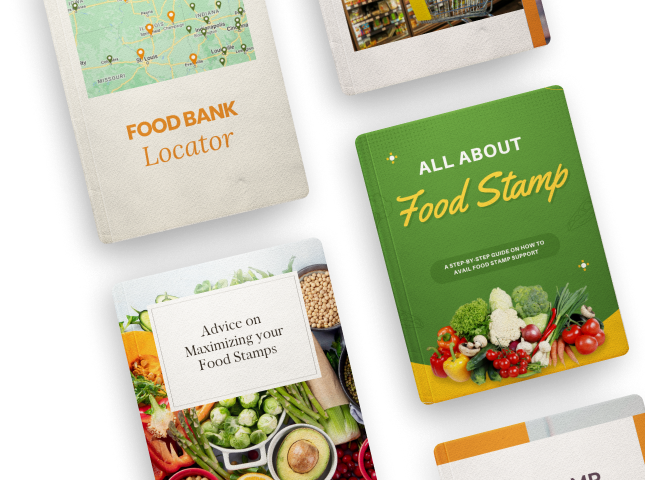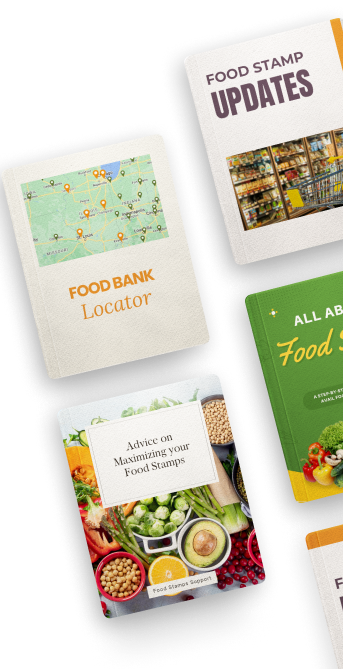Food Banks Step Up As SNAP Changes Fall Short
While the Supplemental Nutrition Assistance Program (SNAP) aims to tackle hunger, its recent changes may still leave many families struggling. SNAP benefits and eligibility rules adjust each year, but inflation and job insecurity can quickly outpace the program's support.
Food banks work to fill these gaps, providing emergency food aid and additional resources for those in need.
October 2023 will bring slightly higher SNAP benefits and an expanded age range for some recipients. However, rising food costs coupled with economic uncertainty threaten to counteract these effects for many.
Those just over SNAP age limits or with incomes slightly exceeding maximum thresholds may continue facing difficulty affording groceries. Additionally, able-bodied adults without dependents now qualifying for SNAP at age 54 still confront barriers finding living-wage work, especially those with limited education or job skills.
For these reasons, private food assistance remains critical. Feeding America coordinates a nationwide network of food banks supplying local pantries and meal programs.
While SNAP focuses on supplementing grocery budgets, food banks offer emergency aid for those with immediate needs. They also provide additional services like nutrition education and SNAP application assistance.
Food bank demand intensified during the pandemic as job losses mounted. Although economic recovery continues, food banks persist as an essential safeguard against hunger.
Lingering inflation and labor market disruptions mean household food insecurity may remain higher than pre-pandemic levels for some time. SNAP alone cannot address the scope of need, but together with food banks and other aid, vulnerable families gain support through challenging circumstances.
Rather than a temporary measure, community food assistance should be viewed as a long-term partner to federal programs in the fight against hunger. Food banks depend on donations and volunteers to fulfill their mission. Individuals wishing to help can contribute time, money, or food to their local food bank.
Collective effort at all levels helps ensure fewer families slip through gaps in the system when facing financial hardship. By strengthening this social safety net, we move closer to a day when no one must choose between essential bills and putting food on the table.












